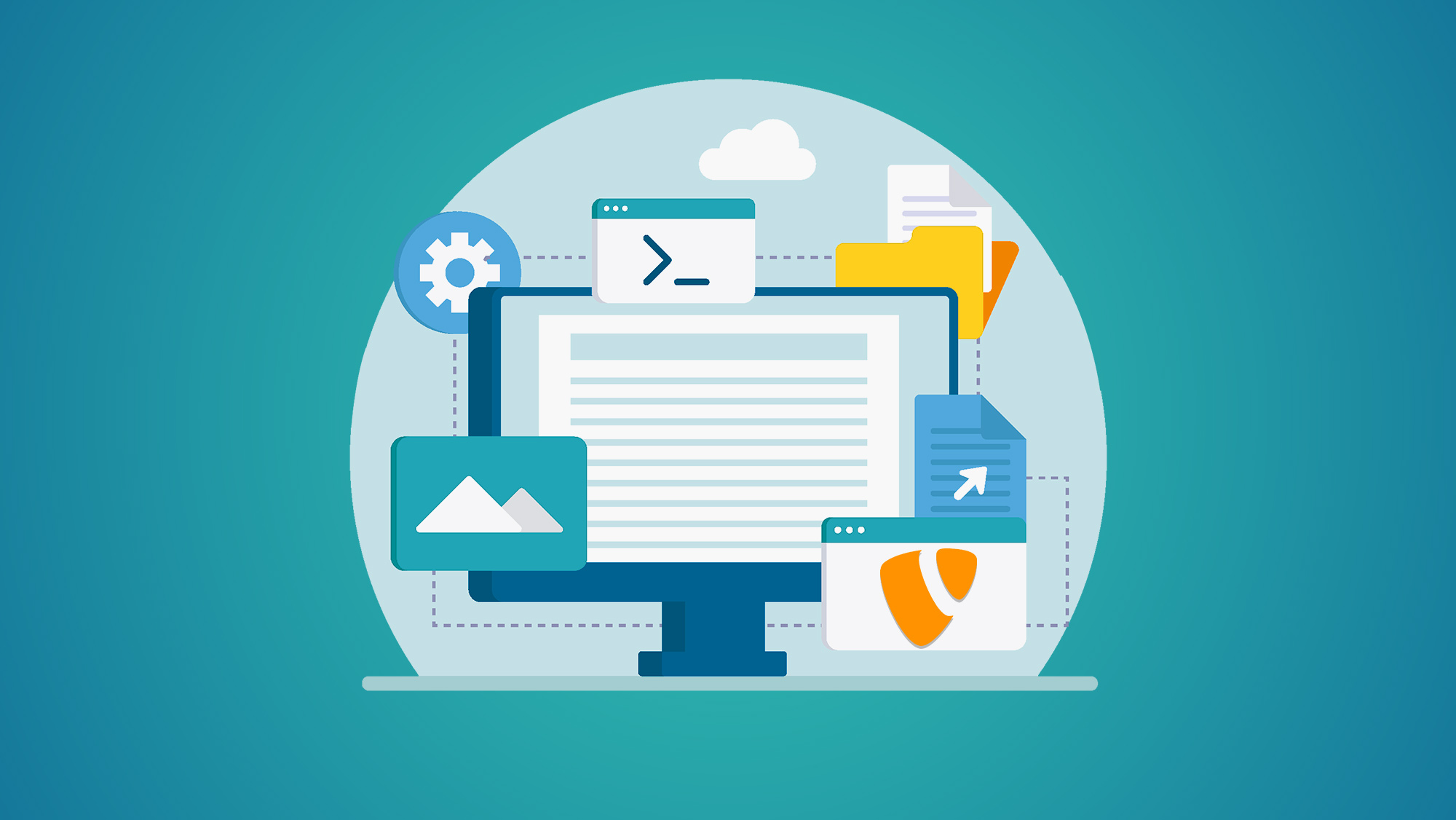Everything You Need to Know About Vision Control Systems
In today's world of advanced manufacturing and automation, vision control systems (also known as machine vision systems) have become indispensable. These systems, combining cutting-edge imaging technology with sophisticated software, allow machines to "see" and make real-time decisions based on visual data. Whether it’s guiding a robotic arm, inspecting products for quality, or reading barcodes on a fast-moving conveyor belt, vision control systems have revolutionized how industries operate.
In this blog, we'll explore the key elements, applications, benefits, and future trends in vision control systems.
What are Vision Control Systems?
At their core, vision control systems are automated systems designed to interpret visual data and make decisions based on that interpretation. These systems are made up of several critical components working together to capture, analyze, and act upon visual input.
Key Components:
- Cameras: The camera serves as the "eyes" of the system, capturing images or video of the objects or areas under observation.
- Lighting: Proper illumination is crucial for ensuring that the camera captures high-quality images, as poor lighting can lead to errors in the interpretation of visual data.
- Image Processing Software: The brain of the system, where the visual data is processed and analyzed to extract useful information. This software uses algorithms to recognize patterns, measure dimensions, detect flaws, and more.
- Control Unit: This component makes decisions based on the analyzed data and communicates with the machines or robotic systems to take action.
- Communication Interface: This allows the vision system to interface with other machines or factory automation systems, providing real-time feedback and control.
How Do Vision Control Systems Work?
Vision control systems follow a series of steps:
- Image Acquisition: The camera captures an image or a series of images in real time. Depending on the application, multiple cameras may be used to capture different angles or perspectives.
- Image Processing: The captured image is analyzed using sophisticated algorithms. Key features such as size, shape, color, and position of objects are identified.
- Decision Making: Based on the analysis, the control unit makes a decision. For example, if the system is inspecting products for defects, it may flag items that do not meet the required criteria.
- Action Execution: Once a decision is made, the system can take action, such as rejecting a faulty product, guiding a robotic arm to pick an object, or adjusting a machine to improve precision.
Key Applications of Vision Control Systems
Vision control systems have a broad range of applications across various industries. Some of the most common use cases include:
- Quality Control and Inspection: Vision systems are widely used in industries such as automotive, electronics, and pharmaceuticals to inspect products for defects, misalignments, or incorrect dimensions. For example, they can detect scratches on glass, check the alignment of circuit boards, or verify the correct placement of labels on bottles.
- Robotics and Automation: Vision control systems guide robotic arms in picking, placing, and assembling components with high precision. They can recognize and locate objects, allowing robots to handle tasks that require adaptability, such as sorting different parts on an assembly line.
- Barcode and QR Code Reading: Machine vision is frequently used to read and verify barcodes, QR codes, and other identification markers on products, speeding up logistics, tracking, and inventory management processes.
- Dimensional Measurement: Vision systems can accurately measure the dimensions of objects in real time, ensuring that they conform to required specifications. This is especially critical in industries like aerospace and automotive, where precision is paramount.
- Object Recognition and Sorting: Vision control systems can differentiate between various types of objects based on their visual characteristics, such as shape, size, and color. This enables automated sorting systems to classify and handle products on conveyor belts in warehouses and manufacturing facilities.
Benefits of Vision Control Systems
- Improved Accuracy and Precision: Vision control systems enhance the accuracy of automated processes by ensuring that products are inspected and handled with greater precision than human operators.
- Faster Processing: These systems operate at high speeds, allowing real-time inspection, measurement, and decision-making. This leads to increased efficiency, especially in industries with high-volume production.
- Cost Efficiency: By automating tasks such as inspection and sorting, vision systems reduce labor costs and minimize human errors. In the long term, they provide significant cost savings in terms of quality control and operational efficiency.
- Consistency: Unlike human operators, vision control systems can work continuously without fatigue, ensuring consistent performance over long periods.
- Reduced Waste: By catching defects early in the production process, vision systems help reduce waste and rework, leading to more efficient use of resources.
Future Trends in Vision Control Systems
As industries continue to embrace Industry 4.0 and smart factories, vision control systems are evolving to incorporate more advanced technologies such as artificial intelligence (AI), machine learning, and 3D imaging.
- AI and Machine Learning Integration: By integrating AI and machine learning, vision systems can become smarter and more adaptive. They can learn from past decisions, improve accuracy over time, and even handle more complex tasks, such as identifying subtle patterns in product defects.
- 3D Vision Systems: Traditional 2D vision systems are limited to flat images, but 3D vision systems capture depth and dimension. This opens up new possibilities in areas such as robotics, where understanding the full spatial orientation of an object is essential.
- Cloud-Based Vision Systems: With the rise of cloud computing, vision control systems can now be connected to cloud platforms, allowing for remote monitoring, data analysis, and scalability across multiple locations.
- IoT Integration: Vision control systems are increasingly being integrated with Internet of Things (IoT) platforms, enabling real-time data exchange between machines, sensors, and vision systems to optimize performance across the entire production line.
Conclusion
Vision control systems are at the heart of modern automation, transforming industries with their ability to "see" and make intelligent decisions. From improving product quality and efficiency to guiding robotic arms and ensuring flawless operations, these systems are essential in driving innovation in today's fast-paced industrial landscape.
As technology advances with AI, 3D imaging, and IoT integration, the potential of vision control systems will only continue to grow, offering even more sophisticated solutions for industries across the globe. Whether you're in manufacturing, robotics, logistics, or any other sector, leveraging vision control systems is key to staying competitive in the era of Industry 4.0.
You May Also Like
These Related Stories

Everything You Need To Know About TYPO3 CMS Training

Building Dynamic Websites with Typo3: Comprehensive Training Guide


No Comments Yet
Let us know what you think